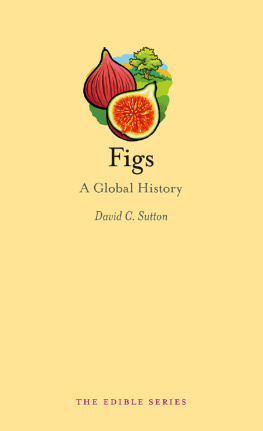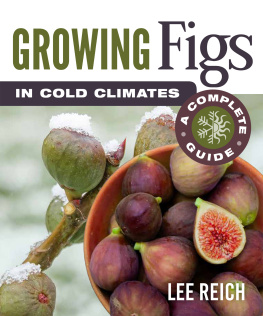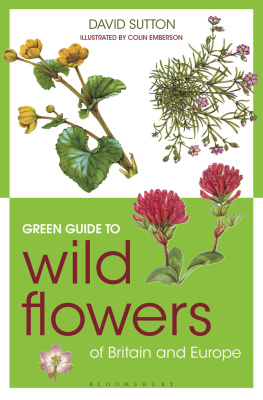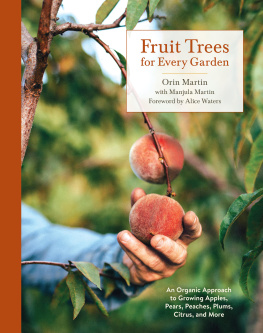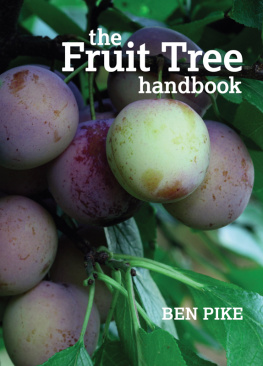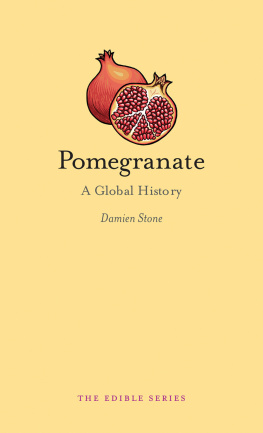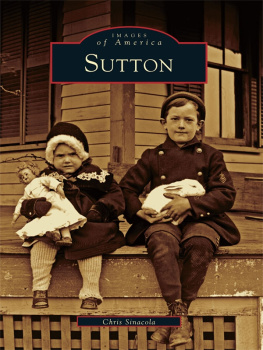FIGS

Edible
Series Editor: Andrew F. Smith
EDIBLE is a revolutionary series of books dedicated to food and drink that explores the rich history of cuisine. Each book reveals the global history and culture of one type of food or beverage.
Already published
Apple Erika Janik Barbecue Jonathan Deutsch and Megan
J. Elias Beef Lorna Piatti-Farnell Beer Gavin D. Smith
Brandy Becky Sue Epstein Bread William Rubel Cake
Nicola Humble Caviar Nichola Fletcher Champagne Becky
Sue Epstein Cheese Andrew Dalby Chocolate Sarah Moss
and Alexander Badenoch Cocktails Joseph M. Carlin Curry
Colleen Taylor Sen Dates Nawal Nasrallah Eggs Diane
Toops Figs David C. Sutton Game Paula Young Lee Gin
Lesley Jacobs Solmonson Hamburger Andrew F. Smith
Herbs Gary Allen Hot Dog Bruce Kraig Ice Cream Laura B.
Weiss Lemon Toby Sonneman Lobster Elisabeth Townsend
Milk Hannah Velten Mushroom Cynthia D. Bertelsen
Nuts Ken Albala Offal Nina Edwards Olive Fabrizia Lanza
Oranges Clarissa Hyman Pancake Ken Albala
Pie Janet Clarkson Pineapple Kaori O Connor
Pizza Carol Helstosky Pork Katharine M. Rogers
Potato Andrew F. Smith Rice Renee Marton Rum Richard
Foss Salmon Nicolaas Mink Sandwich Bee Wilson Sauces
Maryann Tebben Soup Janet Clarkson Spices Fred Czarra Tea
Helen Saberi Whiskey Kevin R. Kosar Wine Marc Millon
Figs
A Global History
David C. Sutton
REAKTION BOOKS
For Deborah, naturally
Published by Reaktion Books Ltd
33 Great Sutton Street
London EC1V 0DX, UK
www.reaktionbooks.co.uk
First published 2014
Copyright David C. Sutton 2014
All rights reserved
No part of this publication may be reproduced, stored in a retrieval system, or transmitted, in any form or by any means, electronic, mechanical, photocopying, recording or otherwise, without the prior permission of the publishers
Page references in the Photo Acknowledgements and
Index match the printed edition of this book.
Printed and bound in China
by Toppan Printing Co. Ltd
A catalogue record for this book is available from the British Library
eISBN: 9781780233925
Contents
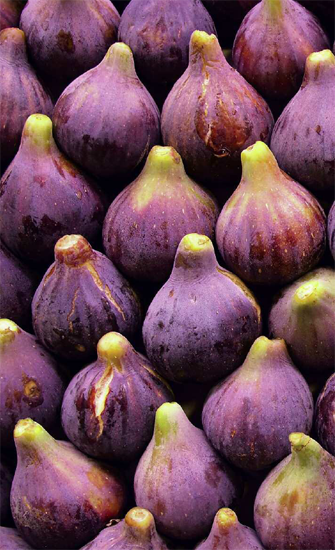
Introducing the Fig

The fig is a deliciously flavoured, very soft and seedy fruit which can be consumed in various forms: fresh, canned, bottled and, above all, dried. The fresh fig is regarded as a luxury fruit, sometimes the supreme luxury fruit, even in countries where it grows abundantly. The dried fig is rather more humble, and has long been a staple food in Mediterranean countries in ancient Rome it was used to feed the marching armies, as a substitute for bread. Of all the figs harvested in the world, over 85 per cent are dried and over 10 per cent canned or bottled, while only about 3 per cent are eaten fresh.
The fig is the fruit of the common fig tree (Ficus carica), which originated in the Near East, probably somewhere in Arabia. Today the leading fig-growing countries are Turkey and Egypt. The Anatolian heartland of modern Turkey is said to have the perfect climate for the growing of figs. Figs are also an important crop in Greece, Italy, Spain, Portugal and California. Although they grow mostly in the northern hemisphere, figs also thrive in Peru, Argentina, South Africa and Australia.
Figs were loved and worshipped by the ancient Greeks and Romans, but they remained particular to the Mediterranean and Near East regions until about the twelfth century. In the last 800 years the love of figs has spread to many other countries, including northern Europe, where they were often first introduced by returning Crusaders.

Figs are the fruit of late-summer Mediterranean sunshine.
The fresh fig is succulent with a distinctive scented flavour, sweet and rich and with several aphrodisiac associations. The classic fresh fig is dark purple or violet when ripe, but some types of fig can also ripen brown or green.
Some species of fig tree will give two or even three crops of fruit. The early summer crop is usually green and is sometimes described as a breba crop. Opinions vary from country to country about the edibility of brebas, but for most fig-lovers the truly wondrous fruits are those which ripen in the late summer or early autumn.
Most fig tree species are self-pollinating (or parthenocarpic), but some are not. These latter require the wriggling and squirming intervention of tiny insects known as a fig wasps or blastophaga. Self-pollinating figs are referred to as Adriatic figs, while those requiring the assistance of insects to ripen are often called Smyrna figs. Adriatic figs are commoner, and the principal cultivars include Brown Turkey, Brunswick, Celeste, Kadota, White Adriatic and Black Mission. Two of the primary characteristics of Smyrna figs are their dependence on fig wasps and the fact that they do not usually produce brebas. According to the Californian fig expert W. B. Storey, the finest fig grown in California, which still bears its original Turkish name, Sari Lop, is of the Smyrna type.
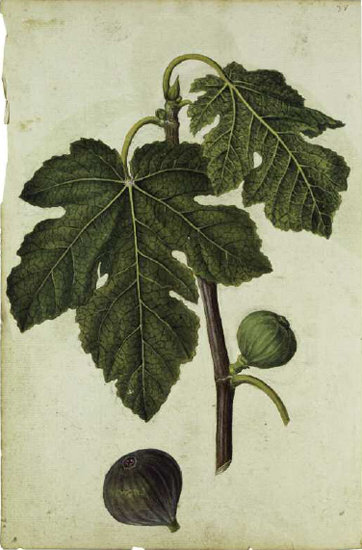
Jacques Le Moyne de Morgues, Ficus carica, a fine 16th-century drawing of fig leaves and fruit.
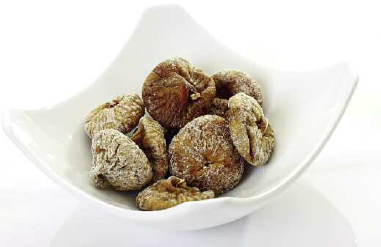
Dried figs are different from fresh in both appearance and use. They are a fruit of winter sustenance, a winter luxury for the poor.
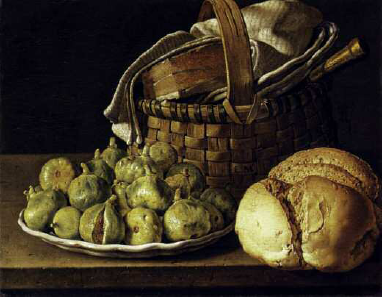
Luis Egidio Melndez, Still-life with Figs and Bread, 1760s, oil on canvas, showing green and black figs which are ripe to bursting.
Although the fig tree is normally grown for its fruit, it is also a fine ornamental tree and may be grown in more northern regions where the fruit will not ripen for what the Royal Horticultural Society, in a striking phrase, calls its beautiful architectural foliage.
In the Western world, the most familiar introduction to the fig comes in the opening pages of the Bible, where we read that Adam and Eve in the Garden of Eden used some of that architectural foliage to cover themselves when they became aware of their nakedness. Today the term fig leaf is often used as a metaphor for a (usually futile) attempt to conceal something potentially embarrassing.
Made notorious by the story of the Garden of Eden, the fig leaf has its own distinctive beauty. | 
|

